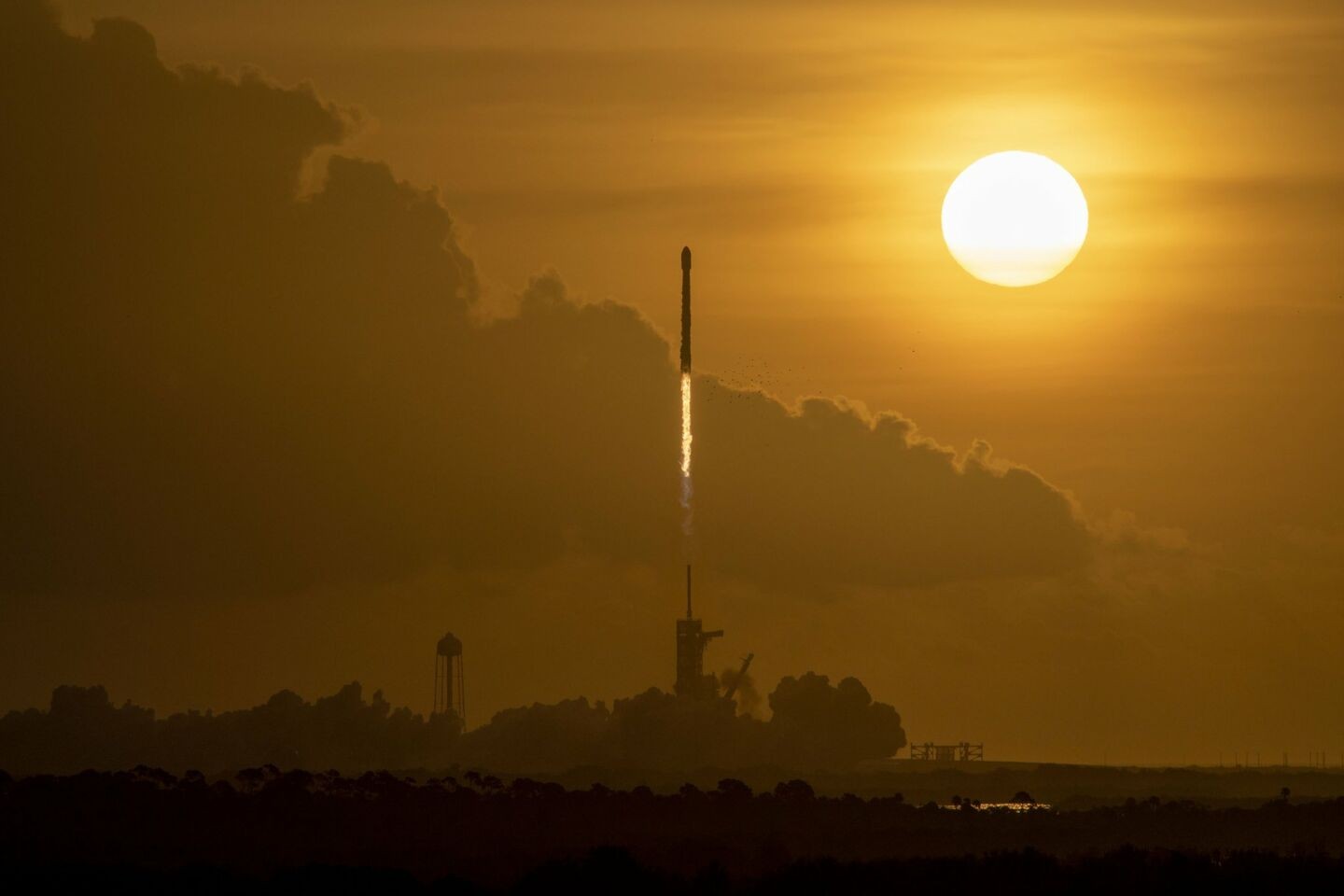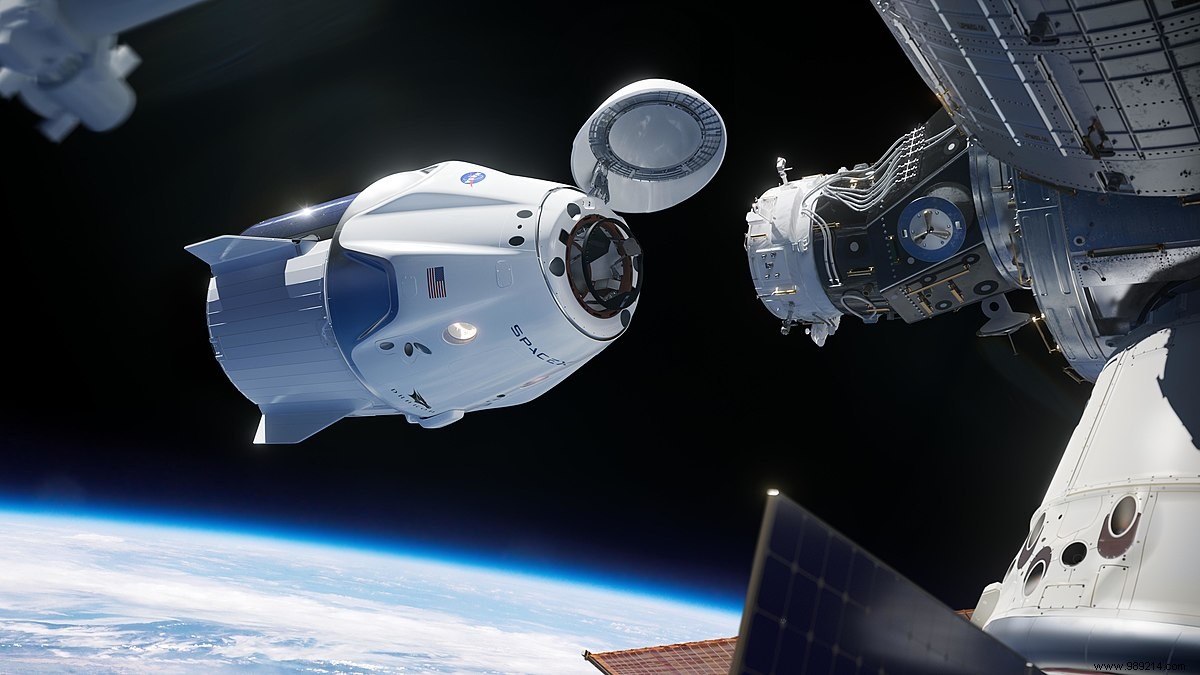From the launches of its Falcon 9 to the success of its first manned missions to the ISS, not to mention the first spectacular tests of its Starship prototypes, SpaceX has made enormous progress in this year 2020. And society has delighted us.
The pandemic context has slowed down the activities of many aerospace companies and agencies. However, one of them still managed to stand out:SpaceX. Indeed, the company launched no less than 26 missions in 2020, beating its previous record of 21 launches set in 2018. SpaceX also took the opportunity to celebrate the 100th launch of its Falcon 9 rocket.
Of these 26 launches, the company also successfully landed the booster for these rockets 23 times. Only two touchdown attempts were missed in February and March. A test of the Crew Dragon in-flight abort system operated in January also did not include a landing attempt. Falcon 9's first stage was destroyed shortly after launch by aerodynamic forces, as SpaceX predicted.
That landing success rate wasn't SpaceX's only notable reusability milestone in 2020. Two of the flights operated this year — a Starlink launch on the 24th November and the December 13 liftoff of a Sirius XM broadcast satellite – relied on boosters that already had six missions under their belt. A first for the company.
The main factor behind this incredible launch rate is the company's need to deliver its own Starlink satellites into low orbit. Indeed, more than half of Falcon 9 launches this year have been dedicated to this constellation project, which aims to bring broadband internet access to the entire planet. We can also expect at least as many – but probably more – Starlink launches in 2021.

This year 2020 was also marked by another giant step taken by the company. On May 30, SpaceX indeed propelled astronauts Bob Behnken and Doug Hurley to the International Space Station (ISS). It was the first crewed mission to leave American soil since 2011, but also the first flight operated aboard an American capsule built by a private company.
Last August, the two astronauts then returned to Earth, successfully ending this mission called Demo-2 which, we recall, was only a flight of test. On November 16, SpaceX once again distinguished itself with the launch of its first operational manned mission on behalf of NASA, called Crew-1, with American astronauts Victor Glover, Mike Hopkins and Shannon Walker on board. , and Japanese astronaut Soichi Noguchi.
In parallel, SpaceX also carried out two other (unmanned) cargo missions to the ISS, launched respectively last March and December.

Finally, let's highlight the notable progress of the Starship, the company's future interstellar ship. Successful jumps of 150 meters have indeed been operated with the SN5 and SN6 prototypes, each offering a unique Raptor engine. These successful operations, SpaceX then had to take a new, much more ambitious step forward:a "jump" to fifteen kilometers in altitude, since reduced to 12.5 km.
This type of high altitude flight was designed to test a number of things, from how the engines work to the overall aerodynamic input capabilities of the vehicle. It was also a question of carrying out a reversal maneuver on landing. With that in mind, SpaceX deployed SN8 – the first Starship prototype to feature three engines – fins, control surfaces and a true “nose”.
On December 9, the Starship finally took off successfully, reaching the planned altitude, before achieving its spectacular "belly flop". The ship then crashed to the ground, but after all, that's what testing is for. And overall, it was a real success. No other prototype has since tried its luck, but the SN9 should be able to perform its test flight in a few weeks.